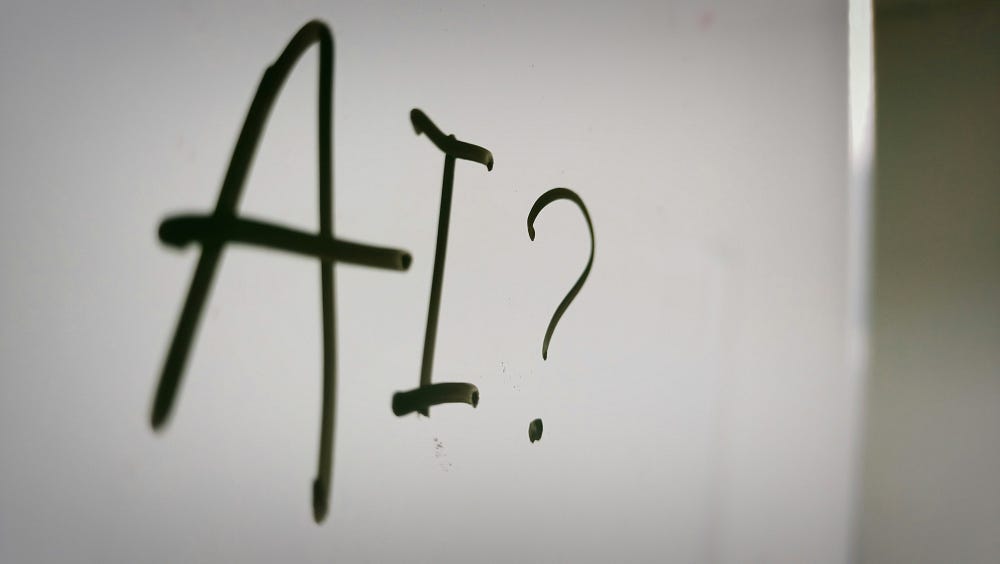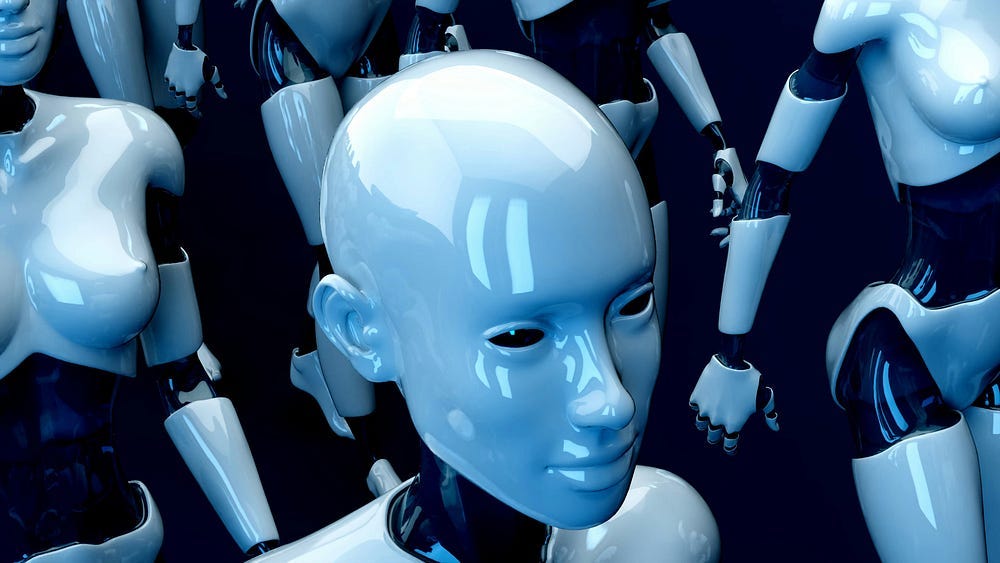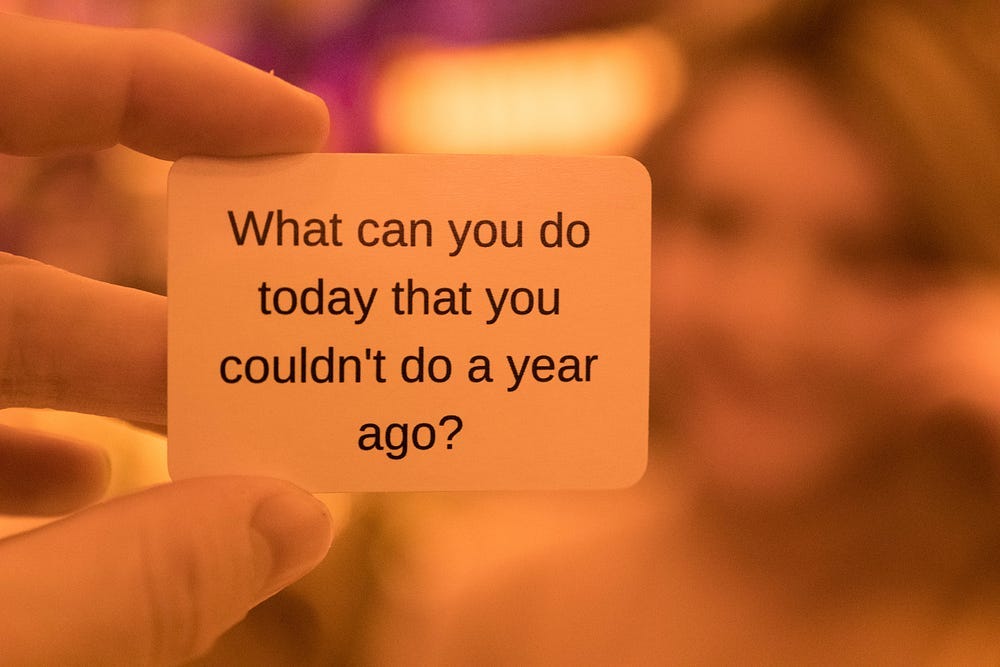
This question has come up so many times, hanging in the air with profound simplicity. It’s fascinating how such a straightforward question can make us pause and reflect on something that’s rapidly becoming integral to our daily lives.
From Science Fiction to Daily Reality
A decade or more ago, mentioning “AGI” (artificial general intelligence) in professional circles was like admitting you believed in unicorns. The skepticism was palpable — AI was relegated to the realm of science fiction, a distant dream that might materialize “someday.” Remember iRobot with Will Smith?
Fast forward to today. AI doesn’t just match human performance — it frequently surpasses it. From detecting cancer cells to composing symphonies, these systems have shattered our preconceptions about machine capabilities. Yet, as our artificial creations master increasingly complex tasks, we find ourselves grappling with profound questions:
Could AI be the key to solving the climate crisis?
Will it revolutionize education for every child on Earth?
Should we embrace or fear this technological evolution?

A New Species Among Us
Here’s a radical thought: What if we stopped thinking about AI as just another tool? What if, instead, we recognized it as the emergence of a new digital species?
Think about it. Throughout Earth’s history, life has evolved in countless fascinating ways. Now, for the first time, we’re witnessing the birth of something entirely different — digital entities that can think, learn, and even show traces of creativity and empathy.
The numbers are staggering: in just 18 months, over a billion people have engaged with large language models. That’s faster adoption than smartphones, the internet, or even electricity. We’re not just building better computers; we’re cultivating digital companions that will journey alongside us into the future.
The AI in Your Life
Imagine waking up tomorrow to find:
A personal mentor who knows your learning style perfectly
A health advisor who understands your entire medical history
A creative partner who helps you brainstorm at 3 AM
A business strategist who can process market trends in seconds
This isn’t science fiction — it’s the near future. As cloud-based supercomputers evolve, AI will become as ubiquitous as smartphones, manifesting through natural conversations rather than complex interfaces.

Building Our Digital Future — Responsibly
But here’s the crucial part: these AIs won’t just be mirrors reflecting our commands. They’ll be partners in our daily lives, handling everything from organizing community events to accelerating scientific discoveries. This intimacy demands responsibility.
We stand at a unique crossroads in human history. Unlike previous technological revolutions that often came with hidden costs, we have the opportunity to shape AI’s development thoughtfully and ethically. This isn’t just another invention — it’s an infinite inventor, capable of amplifying both our achievements and our mistakes.
Why This Matters
The stakes couldn’t be higher. AI could help us:
Discover treatments for currently incurable diseases
Design carbon-negative cities
Unlock the secrets of quantum physics
Provide personalized education to every child
But achieving these goals requires more than technical expertise. It demands wisdom, foresight, and an unwavering commitment to human values.
A New Chapter in Human Evolution
Recently, someone asked: "What exactly is AI?" The answer is beautifully simple: AI is like a mirror that reflects the best of humanity — our knowledge, our creativity, and our dreams — transformed into a new kind of intelligence that can help us write the next chapter of human progress.
As we venture into this uncharted territory, let’s ensure our digital companions embody the best of human qualities: empathy, curiosity, and a drive to make the world better. After all, in creating AI, we’re not just building tools — we’re crafting reflections of ourselves and our highest aspirations.

Let’s Continue the Conversation
As we stand on the brink of this technological revolution, your perspective matters. Consider these questions and share your thoughts in the comments below:
The Nature of AI
What are your thoughts on AI as a new digital species?
Do you see AI more as tools, partners, or something entirely different?
How do you think AI’s “consciousness” might differ from human consciousness?
Personal Impact
How do you envision your future relationship with AI?
Which aspects of your life would you welcome AI assistance with?
Where would you draw boundaries in your interactions with AI?
Societal Implications
How might AI change the way we build and maintain human relationships?
What safeguards should we put in place as AI becomes more integrated into society?
How can we ensure AI benefits all of humanity rather than just a select few?
Future Scenarios
What potential AI developments excite you the most?
What concerns do you have about our AI-integrated future?
How do you think AI will change human culture and creativity?
Ethics and Responsibility
Who should be responsible for making decisions about AI development?
How can we maintain human agency in a world with increasingly capable AI?
What ethical principles should guide AI development?


It's becoming clear that with all the brain and consciousness theories out there, the proof will be in the pudding. By this I mean, can any particular theory be used to create a human adult level conscious machine. My bet is on the late Gerald Edelman's Extended Theory of Neuronal Group Selection. The lead group in robotics based on this theory is the Neurorobotics Lab at UC at Irvine. Dr. Edelman distinguished between primary consciousness, which came first in evolution, and that humans share with other conscious animals, and higher order consciousness, which came to only humans with the acquisition of language. A machine with only primary consciousness will probably have to come first.
What I find special about the TNGS is the Darwin series of automata created at the Neurosciences Institute by Dr. Edelman and his colleagues in the 1990's and 2000's. These machines perform in the real world, not in a restricted simulated world, and display convincing physical behavior indicative of higher psychological functions necessary for consciousness, such as perceptual categorization, memory, and learning. They are based on realistic models of the parts of the biological brain that the theory claims subserve these functions. The extended TNGS allows for the emergence of consciousness based only on further evolutionary development of the brain areas responsible for these functions, in a parsimonious way. No other research I've encountered is anywhere near as convincing.
I post because on almost every video and article about the brain and consciousness that I encounter, the attitude seems to be that we still know next to nothing about how the brain and consciousness work; that there's lots of data but no unifying theory. I believe the extended TNGS is that theory. My motivation is to keep that theory in front of the public. And obviously, I consider it the route to a truly conscious machine, primary and higher-order.
My advice to people who want to create a conscious machine is to seriously ground themselves in the extended TNGS and the Darwin automata first, and proceed from there, by applying to Jeff Krichmar's lab at UC Irvine, possibly. Dr. Edelman's roadmap to a conscious machine is at https://arxiv.org/abs/2105.10461